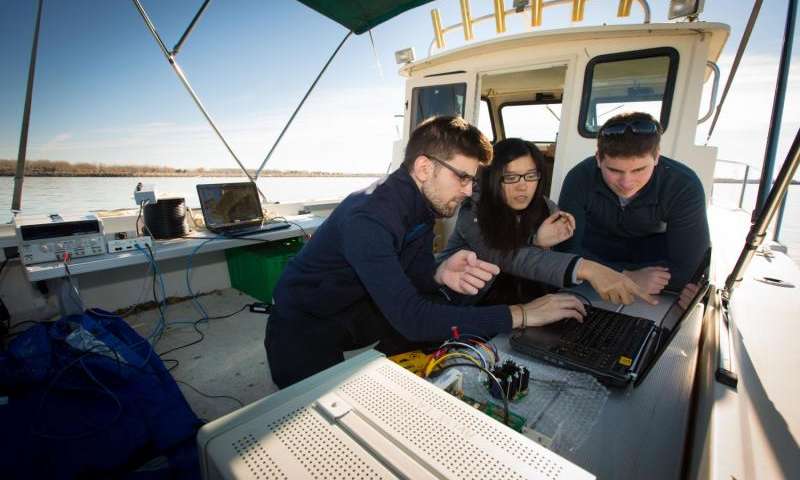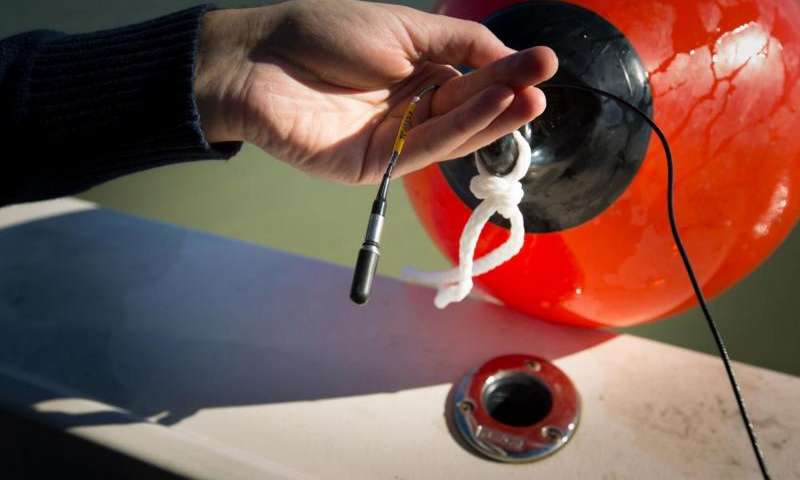Products Category
- FM Transmitter
- 0-50w 50w-1000w 2kw-10kw 10kw+
- TV Transmitter
- 0-50w 50-1kw 2kw-10kw
- FM Antenna
- TV Antenna
- Antenna Accessory
- Cable Connector Power Splitter Dummy Load
- RF Transistor
- Power Supply
- Audio Equipments
- DTV Front End Equipment
- Link System
- STL system Microwave Link system
- FM Radio
- Power Meter
- Other Products
- Special for Coronavirus
Products Tags
Fmuser Sites
- es.fmuser.net
- it.fmuser.net
- fr.fmuser.net
- de.fmuser.net
- af.fmuser.net ->Afrikaans
- sq.fmuser.net ->Albanian
- ar.fmuser.net ->Arabic
- hy.fmuser.net ->Armenian
- az.fmuser.net ->Azerbaijani
- eu.fmuser.net ->Basque
- be.fmuser.net ->Belarusian
- bg.fmuser.net ->Bulgarian
- ca.fmuser.net ->Catalan
- zh-CN.fmuser.net ->Chinese (Simplified)
- zh-TW.fmuser.net ->Chinese (Traditional)
- hr.fmuser.net ->Croatian
- cs.fmuser.net ->Czech
- da.fmuser.net ->Danish
- nl.fmuser.net ->Dutch
- et.fmuser.net ->Estonian
- tl.fmuser.net ->Filipino
- fi.fmuser.net ->Finnish
- fr.fmuser.net ->French
- gl.fmuser.net ->Galician
- ka.fmuser.net ->Georgian
- de.fmuser.net ->German
- el.fmuser.net ->Greek
- ht.fmuser.net ->Haitian Creole
- iw.fmuser.net ->Hebrew
- hi.fmuser.net ->Hindi
- hu.fmuser.net ->Hungarian
- is.fmuser.net ->Icelandic
- id.fmuser.net ->Indonesian
- ga.fmuser.net ->Irish
- it.fmuser.net ->Italian
- ja.fmuser.net ->Japanese
- ko.fmuser.net ->Korean
- lv.fmuser.net ->Latvian
- lt.fmuser.net ->Lithuanian
- mk.fmuser.net ->Macedonian
- ms.fmuser.net ->Malay
- mt.fmuser.net ->Maltese
- no.fmuser.net ->Norwegian
- fa.fmuser.net ->Persian
- pl.fmuser.net ->Polish
- pt.fmuser.net ->Portuguese
- ro.fmuser.net ->Romanian
- ru.fmuser.net ->Russian
- sr.fmuser.net ->Serbian
- sk.fmuser.net ->Slovak
- sl.fmuser.net ->Slovenian
- es.fmuser.net ->Spanish
- sw.fmuser.net ->Swahili
- sv.fmuser.net ->Swedish
- th.fmuser.net ->Thai
- tr.fmuser.net ->Turkish
- uk.fmuser.net ->Ukrainian
- ur.fmuser.net ->Urdu
- vi.fmuser.net ->Vietnamese
- cy.fmuser.net ->Welsh
- yi.fmuser.net ->Yiddish
Combination of Radio and Computer Can Achieve Underwater Wireless Networks
January 25, 2016
by Cory Nealon

University at Buffalo students test their underwater wireless network in Lake Erie. Credit: Douglas Levere, University at Buffalo
The flashback is due to the speed of today's underwater communication networks, which is comparable to the sluggish dial-up modems from America Online's heyday. The shortcoming hampers search-and-rescue operations, tsunami detection and other work.
But that is changing due in part to University at Buffalo engineers who are developing hardware and software tools to help underwater telecommunication catch up to its over-the-air counterpart.
Their work, including ongoing collaborations with Northeastern University, is described in a study - Software-Defined Underwater Acoustic Networks: Toward a High-Rate Real-Time Reconfigurable Modem - published in November in IEEE Communications Magazine.
"The remarkable innovation and growth we've witnessed in land-based wireless communications has not yet occurred in underwater sensing networks, but we're starting to change that," says Dimitris Pados, PhD, Clifford C. Furnas Professor of Electrical Engineering in the School of Engineering and Applied Sciences at UB, a co-author of the study.
The amount of data that can be reliably transmitted underwater is much lower compared to land-based wireless networks. This is because land-based networks rely on radio waves, which work well in the air, but not so much underwater.
As a result, sound waves (such as the noises dolphins and whales make) are the best alternative for underwater communication. The trouble is that sound waves encounter such obstacles as path loss, delay and Doppler which limit their ability to transmit. Underwater communication is also hindered by the architecture of these systems, which lack standardization, are often proprietary and not energy-efficient.Pados and a team of researchers at UB are developing hardware and software -everything from modems that work underwater to open-architecture protocols - to address these issues. Of particular interest is merging a relatively new communication platform, software-defined radio, with underwater acoustic modems.
Traditional radios, such as an AM/FM transmitter, operate in a limited bandwidth (in this case, AM and FM). The only way to pick up additional signals, such as sound waves, is to take the radio apart and rewire it. Software-defined radio makes this step unnecessary. Instead, the radio is capable via computer of shifting between different frequencies of the electromagnetic spectrum. It is, in other words, a "smart" radio.


